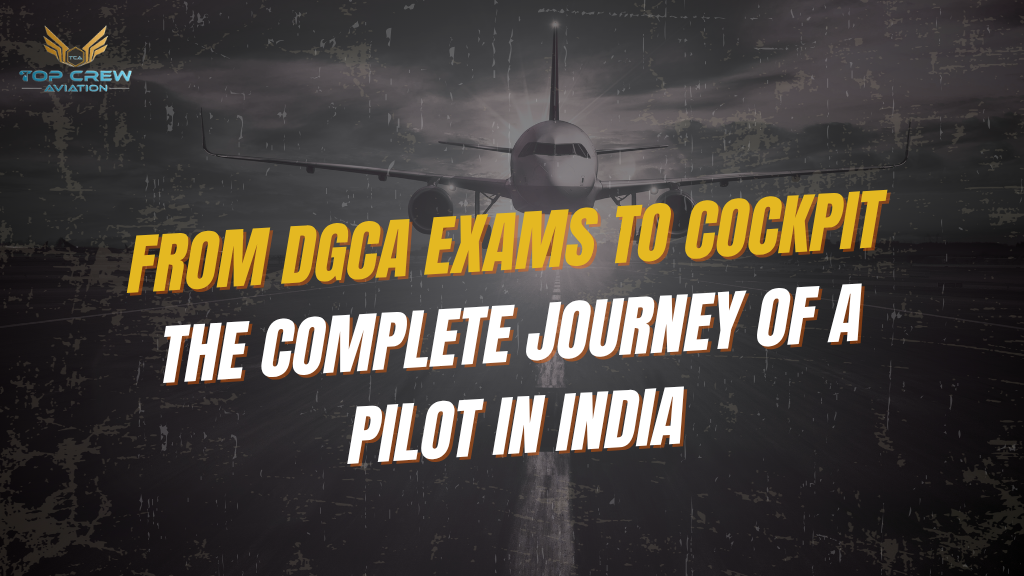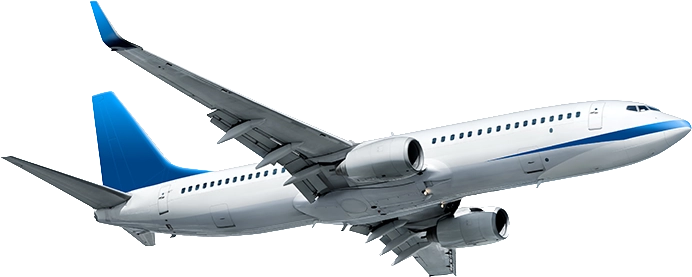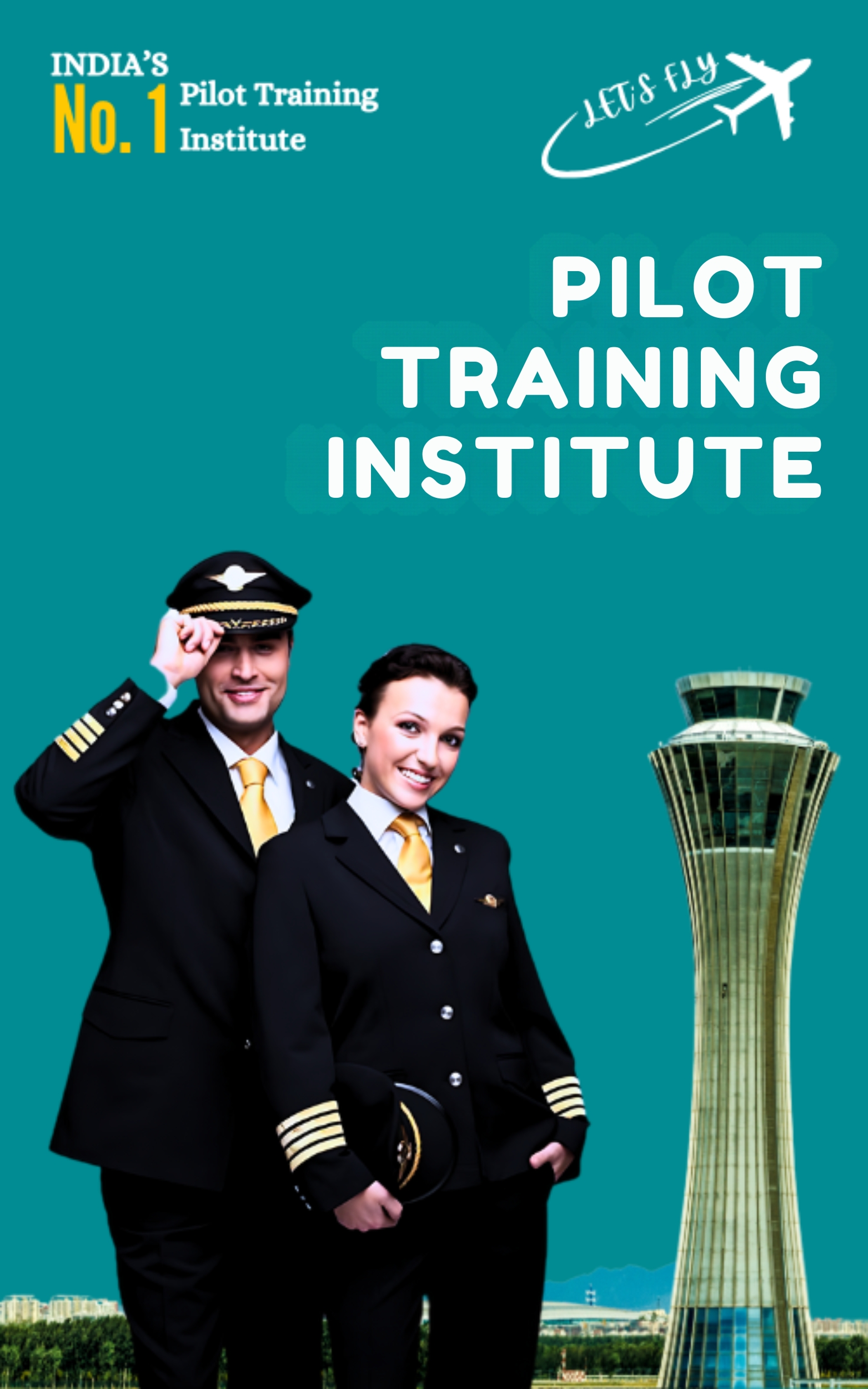From DGCA Exams to Cockpit: The Complete Journey of a Pilot in India
Many people think becoming a pilot is just about flying a plane, but it’s much more than that. In India, the journey is exciting but tough—you’re not just learning to fly, you’re also preparing for a very responsible job.
The path starts much before you ever sit in a cockpit. First, you need the right school qualifications, and then you have to clear strict medical tests to prove that you’re physically and mentally fit to handle the pressures of flying.
From there, the road involves preparing for and clearing a series of tough DGCA (Directorate General of Civil Aviation) exams, which test everything from weather and navigation to aircraft systems and air laws. These exams are not easy, and they demand months of preparation, focus, and discipline.
Let’s explore this journey in a structured and engaging way.
Step 1: Educational Requirements
Eligibility Basics
- Must have passed 10+2 with Physics & Mathematics.
- Alternatives: NIOS or equivalent if these subjects were not taken earlier.
- Minimum Age:
- 17 years → To start flight training.
- 18 years → To hold a Commercial Pilot License (CPL).
A strong background in Math & Science makes later concepts like navigation and aerodynamics easier to understand.
Step 2: Medical Fitness
Pilots must be medically fit at all times. DGCA has a two-step process:
| Medical Exam | When Taken | Purpose | Conducted By |
| Class 2 | Before starting ground training | Tests eyesight, hearing, basic health | DGCA-approved doctors |
| Class 1 | Before applying for CPL | Tests heart, neurological & psychological health | DGCA centers (AFCME, IAM, etc.) |
Without a valid Class 1 medical, a candidate cannot fly commercially.
Step 3: DGCA Theory Examinations
This is where the academic rigor begins. DGCA conducts exams multiple times a year to test aviation knowledge.
Core Subjects:
- Air Regulations – Rules of air & licensing.
- Meteorology – Weather systems & aviation safety.
- Air Navigation – Maps, flight planning, and calculations.
- Technical General – Engines, airframes & systems.
- RTR (Aero) – Radio telephony, tested by WPC.
Preparation Tip: Most aspirants take 6–12 months of dedicated study or join aviation coaching centers.
Why DGCA Ground Classes are the Backbone of a Successful Pilot Career
Step 4: Dreams Come True Aspirants
Actually take control of an aircraft at this most thrilling time.
What it Includes:
- 200 flying hours (mandated by DGCA).
- Solo flights, cross-country navigation, night flying, and instrument flying.
- Training at DGCA-approved schools in India or abroad.
Costs & Duration
- Cost in India: ₹40–70 lakhs.
- Abroad: Slightly higher but often faster.
- Duration: 18–24 months (can vary).
Step 5: Obtaining the CPL
Once flying hours are completed and exams cleared:
- Apply for the Commercial Pilot License (CPL)
- Undergo simulator checks and proficiency tests.
- Logbooks are verified before issuance.
A CPL is your official entry pass into professional aviation.
Step 6: Type Rating – Specializing in Aircraft
Having a CPL isn’t enough to fly big jets. Pilots must train on a specific aircraft type.



